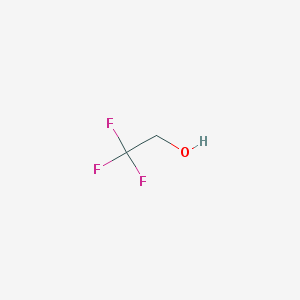Leak detection of filter
-
Last Update: 2016-07-11
-
Source: Internet
-
Author: User
Search more information of high quality chemicals, good prices and reliable suppliers, visit
www.echemi.com
What is a filter? How to detect the leakage of a filter? A filter generally refers to a filter with a collection efficiency of more than 99.97% for particles with a particle size greater than or equal to 0.3um, which is used in the end filtration device of the clean workshop of a pharmaceutical enterprise to provide clean air Whether the clean room can reach and maintain the designed cleanliness level is related to the performance and installation of KLC air filter to a certain extent If the filter itself has small holes or the installation is not tight to form small cracks, it will not achieve the intended purification effect and affect the product quality Therefore, after the filter is installed or replaced, the filter and the installation connection must be checked for leakage Through testing the leakage of the filter, the defects of the filter and its installation can be found, so as to take remedial measures The common methods of filter leakage detection are dust particle counter scanning method (i.e using atmospheric dust as dust source and cooperating with particle counter for leakage detection) and DOP method (i.e using DOP solvent as dust source and cooperating with aerosol photometer for leakage detection) The advantage of the dust particle counter reading scanning method is that the equipment cost is low and the operation is simple; the disadvantage is that the method is cumulative reading, which is not conducive to scanning, and the inspection speed is slow; in addition, on the windward side of the filter under test, the concentration of atmospheric dust is often low, so it is not easy to find leakage, and when the upstream dust source fails to meet the concentration requirements, the particle counter scanning method is easy to generate leakage Compared with the dust particle counter reading scanning method, DOP leak detection method has higher cost and more complex operation; the advantage is that it can make up for the above shortcomings of particle counter leak detection and has high leak detection accuracy Therefore, DOP method is widely used for leak detection in foreign countries; several problems should be paid attention to in the process of using the filter: 1 For the integrity and qualification test data that the external contractor of the filter is responsible for, the enterprise should establish a written procedure to explain or describe the audit content 2 The pressure difference between the two sides of KLC filter shall be detected regularly, and the upper and lower limits of the filter pressure difference shall be set, especially the HEPA filter between the heating area and the cooling area in the depyrogenated tunnel in the cleaning room 3 The depyrogenated tunnel and oven shall be provided with DOP method for filter leakage detection If a reasonable explanation can be made, other methods can be used to detect the leakage of the filters in the hot area of these tunnels and ovens 4 The leakage of filter material is allowed to be repaired, but the area limit of single leakage Zui (no more than 1% of the total area) and the area limit of all leakage (no more than 5% of the total area) shall be specified, otherwise it must be replaced SOP should also specify how to track the percentage of total patched area over the life of the filter 5 For the sterile operation room, the filter leakage detection shall be more than twice a year 6 The difference between filter effectiveness test and leak detection test shall be understood The effectiveness test of KLC filter uses hot DOP (0.3 μ m single size dispersed particle aerosol) to evaluate the filter medium The reading at the downstream of the tuyere represents the average value of the filter particles on the whole filter surface, which is qualified if it does not exceed 0.03% of the solubility at the upstream tuyere Its effectiveness is not the case of detecting the filter leakage, only when IQ is detected For leak detection, a cold DOP (dispersive particles of various sizes: 0.1-0.3 μ m) is used, and a scanning speed of no more than 5cm / S is conducted at the downstream of the tuyere It is found that the solubility exceeds 0.01% of the solubility of the upper tuyere, which means that there is a leak
This article is an English version of an article which is originally in the Chinese language on echemi.com and is provided for information purposes only.
This website makes no representation or warranty of any kind, either expressed or implied, as to the accuracy, completeness ownership or reliability of
the article or any translations thereof. If you have any concerns or complaints relating to the article, please send an email, providing a detailed
description of the concern or complaint, to
service@echemi.com. A staff member will contact you within 5 working days. Once verified, infringing content
will be removed immediately.







